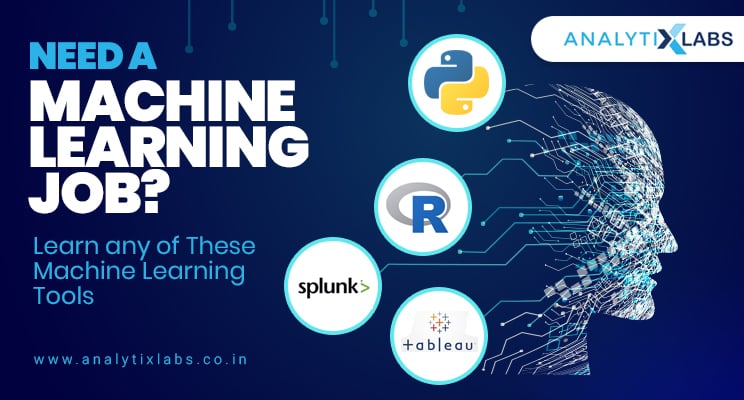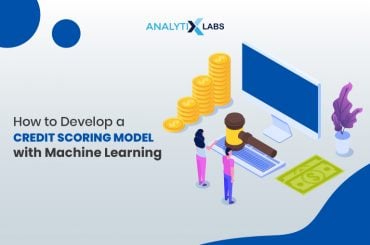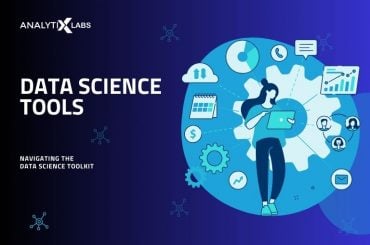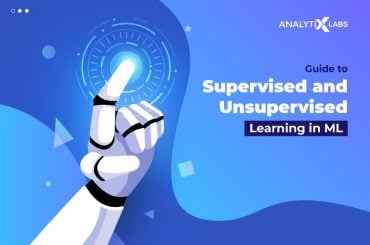
Today, machine learning has become the key driver of innovation, development and growth in the technology investment sector. Machine learning plays a crucial role in improving the image of businesses in more ways that you can think of. And, more machine learning engineers you have in the team, higher the chances of attracting funding and investments for company growth. Machine Learning drives innovations in customer experiences, self-service automation, data visualization, social media intelligence, and a plethora of other advanced technologies that fit into a CIOs stack today.
And, finding a job in these technology segments is not easy as previously thought of. You have to not only learn and master specific coding skills, but also have a hands-on experience about other programming languages that you not have worked in before.
We have compiled these top machine learning tools that belong to both open source and paid version. These rankings are based on the program’s popularity, learning ease and performance during execution.
Python
Data Science Python Course is the most preferred channel to learn from a data science open source programming language. It is not only easy to learn but also most effective in understanding the workflow of data engineering projects.
In the last 3 years or so, Python has become a key to AI’s development within IT Operations (AI Ops) projects.
As an object-oriented scripting language, Python is handy tool for a wide array of Neural Networking and Cloud computing projects. It can be coded with other languages such as Java, Ruby, R and PHP. It can be coded through machine learning libraries built on top of Keras and TensorFlow.
R programming
There are many good reasons to start your machine learning tutorials with R Programming.
R is widely used in data modeling and plotting data to build reliable statistical model. It can be intimidating to learn R in the current machine learning scenario where a majority of data engineers prefer other programming languages over R.
R is perfect for linear and non-linear modeling, combined with classical statistical modeling with time-series analysis. R can be further extended using Libraries and packages running on a variety of other platforms such as UNIX, Windows and iOS.
You can subscribe to R documents and insights through archives.
Best books on R include S. van Buuren’s Flexible Imputation of Missing Data, Lawrence Leemis. Learning Base R, C. Sun’s Empirical Research in Economics: Growing up with R, and Vikram Dayal’s An Introduction to R for Quantitative Economics: Graphing, Simulating and Computing.
Splunk Machine Learning
Splunk is a powerful machine learning platform that helps data engineers to harness the power of computers, sensors and AI tools.
There are three branches of Splunk software today that you should learn from online courses. These are AI Ops, Splunk IoT, and Splunk Machine Learning Toolkit.
The learners can access to Splunk MLTK Container for TensorFlow™ to certify in machine learning projects. To master Splunk, learners should have credible coding background and experience with Python. This helps to run custom Deep Learning SPL programs and build neural networks for on-premise environments.
The Splunk Machine Learning Toolkit amplifies AI’s enterprise grade expertise and support to learners as well as skilled programmers. There are numerous Splunk Machine Learning resources and communities that integrate Deep Science with IoT and Cloud services.
Tableau Machine Learning Packet
Tableau is a data analytics and data visualization platform. In recent months, Tableau software has also added machine learning algorithms via new updates and announcements. Tableau 10.3 empowers data analysts to make machine learning algorithms work within BI environment. With simple drag and drop features, and Data Insights, many enterprise customers are adopting Data Science Tableau to drive their BI workflows.
Tableau is a paid subscription platform. So, you will get lot of customizations and add-on features that are often missing in Open Source Programming Languages. As a learner, you will be able to share and validate your data models through mobile messaging and conversation platforms such as WhatsApp, Messenger, and even SMS. Some tools also allow sharing via Social Media — you have lot of options to actually spread the worth of your deep learning work with the community working on machine learning platforms.
In a career spanning 15 years, I have come across many new and legacy-based computing platforms for Python Machine Learning. A hands-on experience in statistical learning and mathematics helps to grasp logic flow better than any other technique.
In our Part 2 of this article, we will state 5 more machine learning techniques you can learn with us.








1 Comment
Nice Article